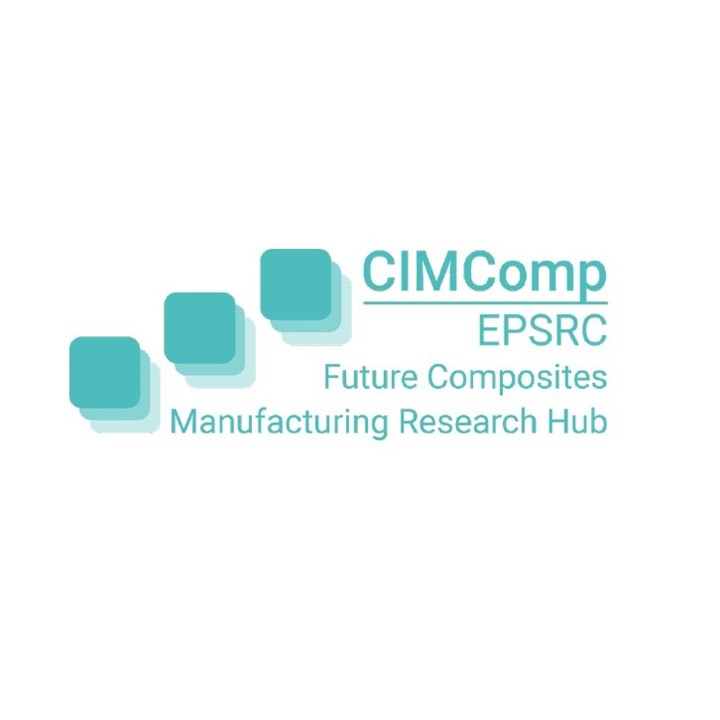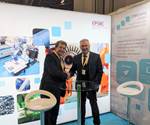EPSRC Future Composites Manufacturing Research Hub announces two new core projects
Focused on design simulation for NCF preforming and tools for industrializing layer-by-layer curing, the projects will commence in May 2020 with university and industry partners.

CIMComp, the EPSRC Future Composites Manufacturing Research Hub, has announced that two new core projects focused on advancements in composites manufacturing processes. Both projects will commence in May 2020 with a duration of 36 months each.
The first project, called “Design Simulation Tools and Process Improvements for NCF Preforming,” will be completed in collaboration with Hexcel Reinforcements UK (Narborough), Gordon Murray Design (Shalford, U.K.), GKN Aerospace (Bristol, U.K.) and Dassault Systèmes (Vélizy-Villacoublay, France). Researchers on the project include principal investigator (PI) Professor Michael Sutcliffe of the University of Cambridge, and Co-I’s Dr. Lee Harper of the University of Nottingham and Professor Richard Butler of the University of Bath.
Focusing on dry non-crimp fabrics (NCF) and double diaphragm forming (DDF), the project will deliver advancements in forming simulation and material characterization to ensure accurate and effective design and manufacture of high-performance preforms suitable for liquid molding.
Many of the research challenges that the project aims to address were identified in the Hub’s recent Roadmapping exercise. CIMComp has also announced the University of Bath as a new Spoke member.
The second project, “Layer by Layer Curing (LbL),” will be completed in collaboration with Rolls-Royce (London, U.K.), the National Composites Centre (Bristol, U.K.), Heraeus Noblelight (Cambridge, U.K.) and Airbus with additional support from the University of Nantes. Researchers include PI Dr. Alex Skordos of Cranfield University, and Co-I Dr. James Kratz of the University of Bristol.
According to the researchers, a previous feasibility study has shown that in relatively simple planar geometries, the challenge of insufficient adherence between layers/sublaminates seen during high-speed consolidation can be mitigated through enhanced control of the level of pre-cure. This project will advance this concept through development of the scientific tools required to deliver these benefits at scale and greater levels of complexity, enabling the process to deliver its high rate benefits in an industrial context.
“It is great to see these projects announced following successful feasibility studies. Once again, the research is aligned to the needs of industry and it is great to have the support of so many partners. We will endeavour to provide regular project updates through the CIMComp website —www.cimcomp.ac.uk,” says Lee Harper, Hub Manager.
Related Content
-
Laser-excited acoustics provide contact-free, nondestructive composites inspection
Xarion’s couplant-free NDT technology uses laser physics and a membrane-free optical microphone, eliminating the requirement for fluid coupling, widening the scope for NDT technology.
-
Damage tolerance testing of sandwich composites: The sandwich CAI test
A new ASTM-standardized test method established in 2022 assesses the compression-loaded damage tolerance of sandwich composites.
-
Modular approach to material card development of composites
Forward Engineering GmbH walks through a modular testing and simulation approach for automotive/aviation composites enabling more accurate material selection earlier in the design phase.

.jpg;width=70;height=70;mode=crop)












